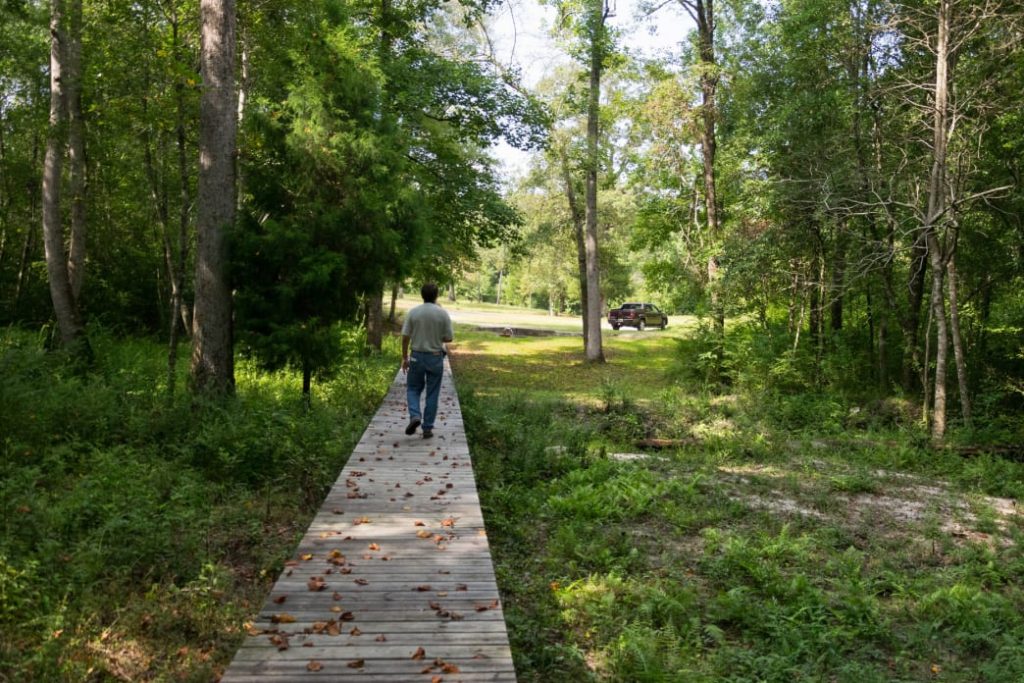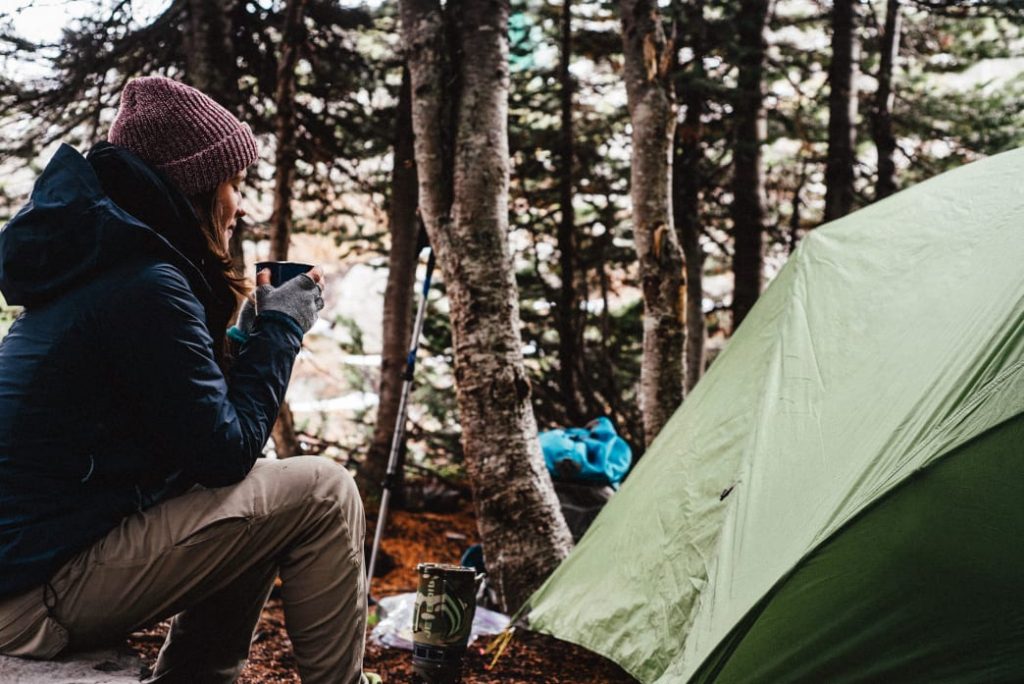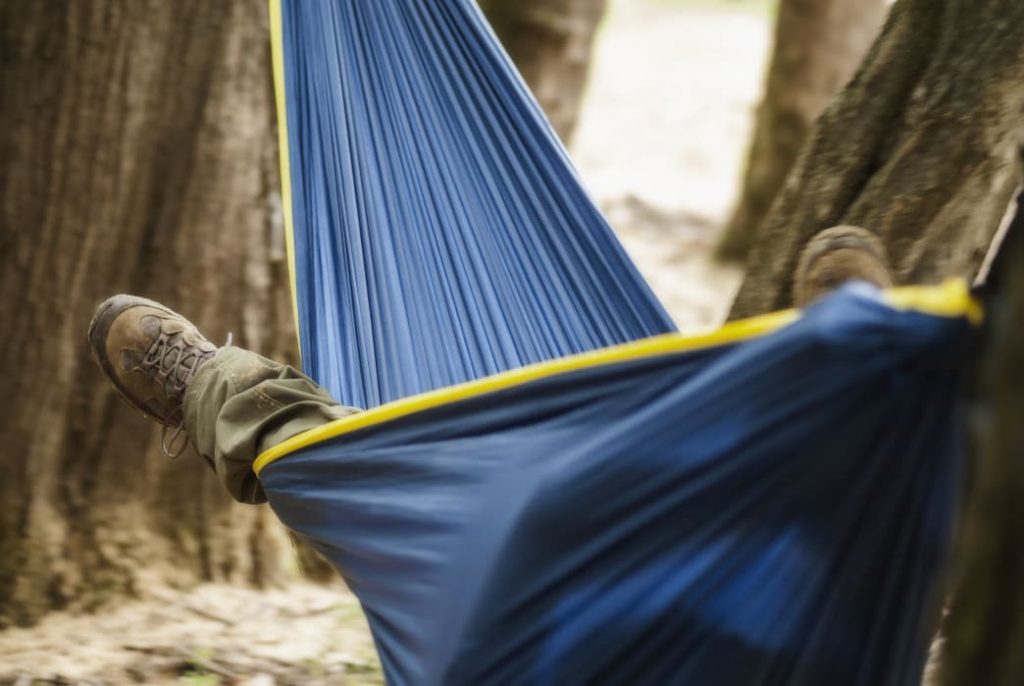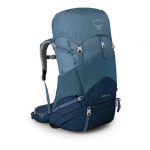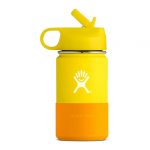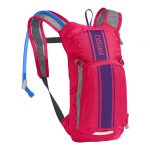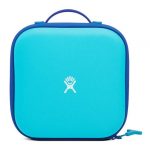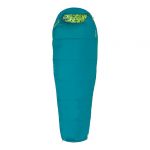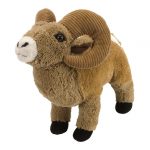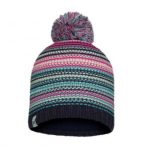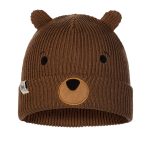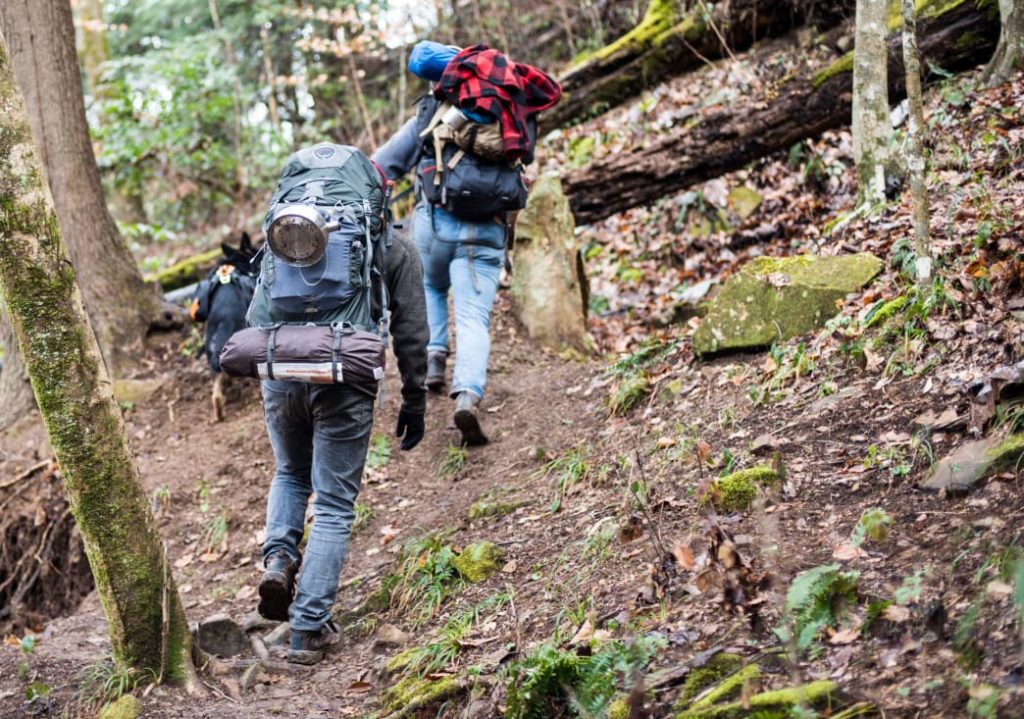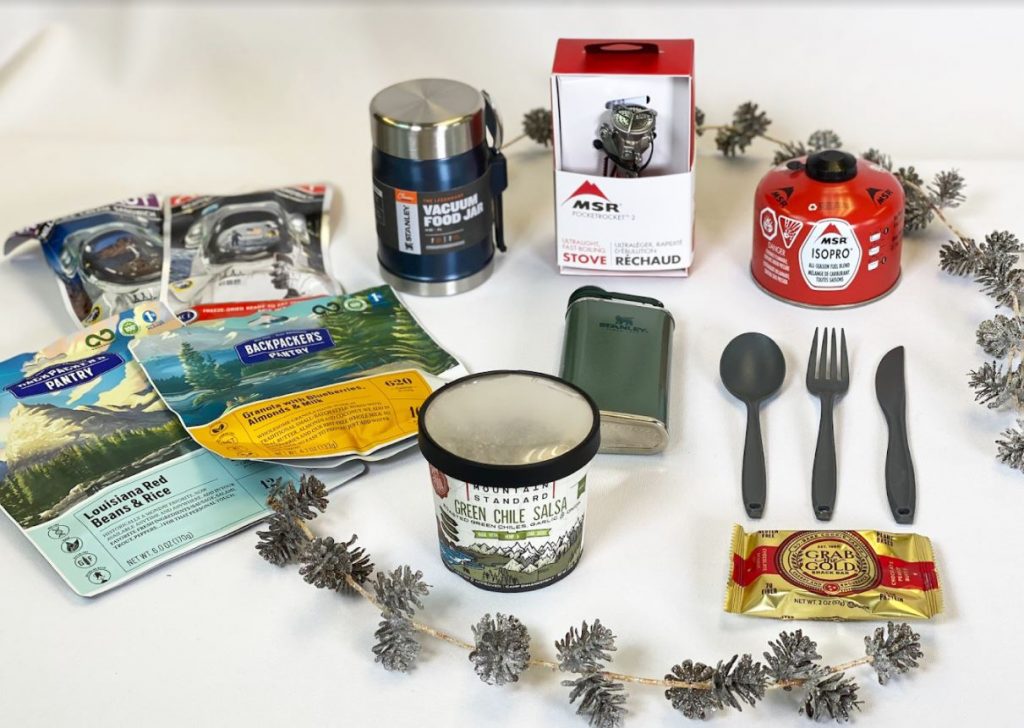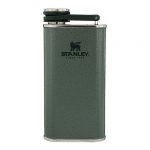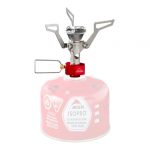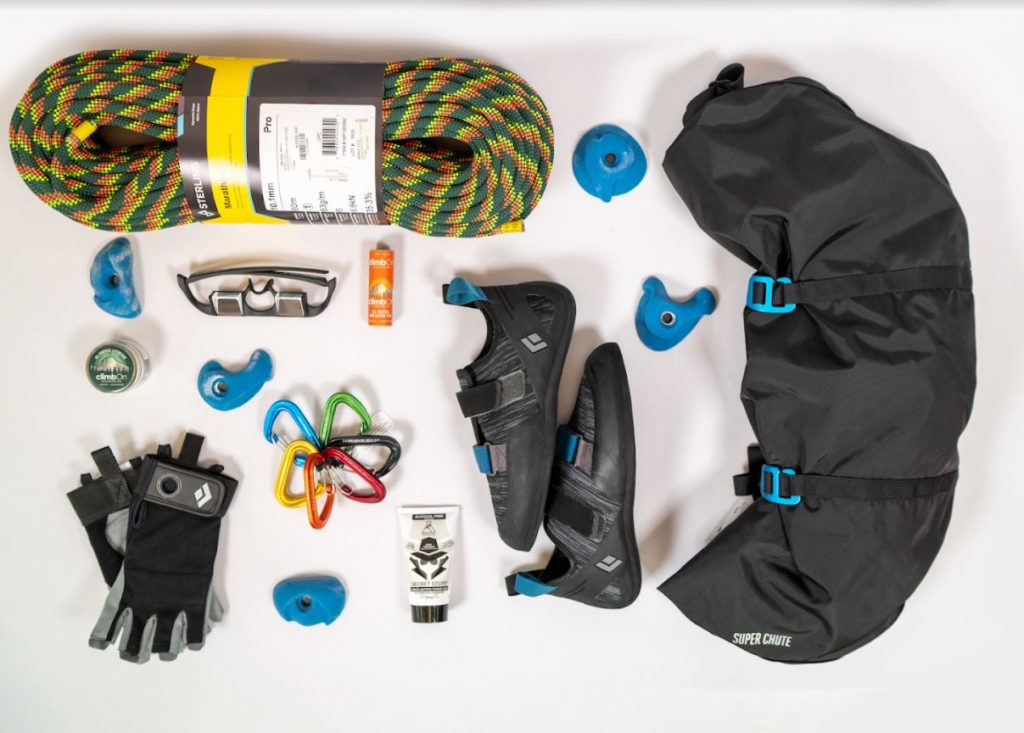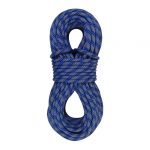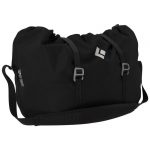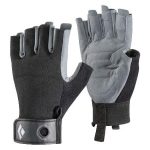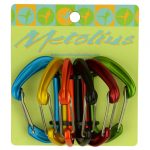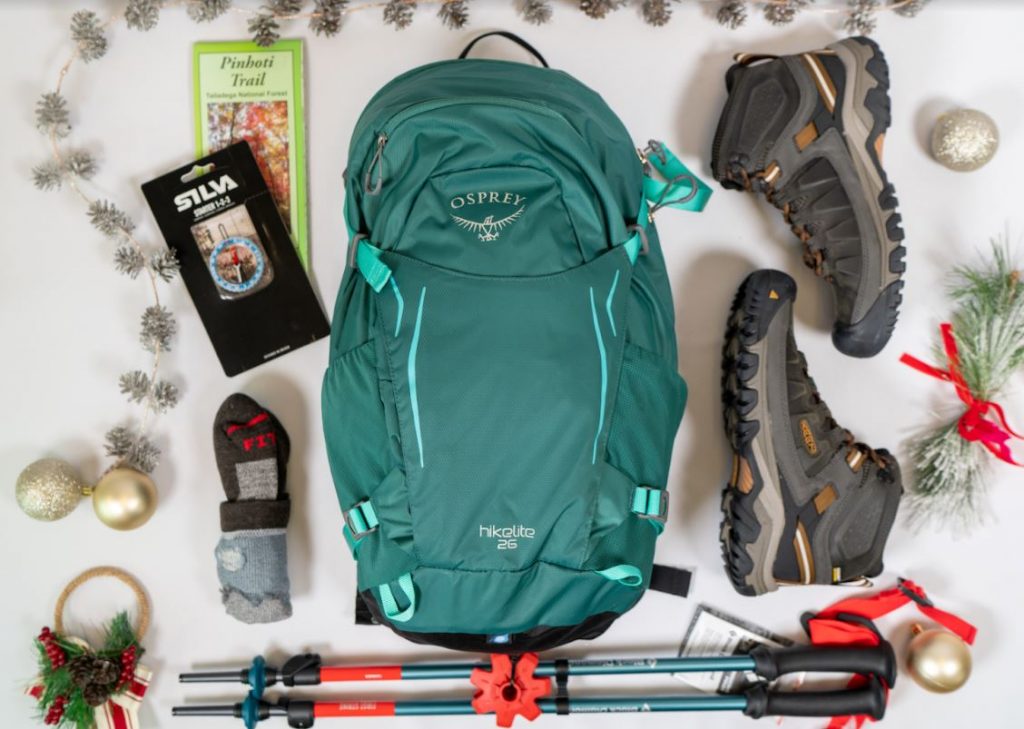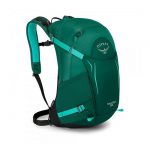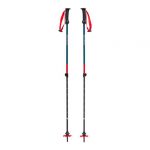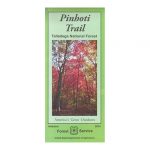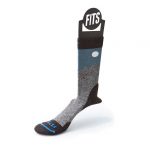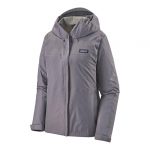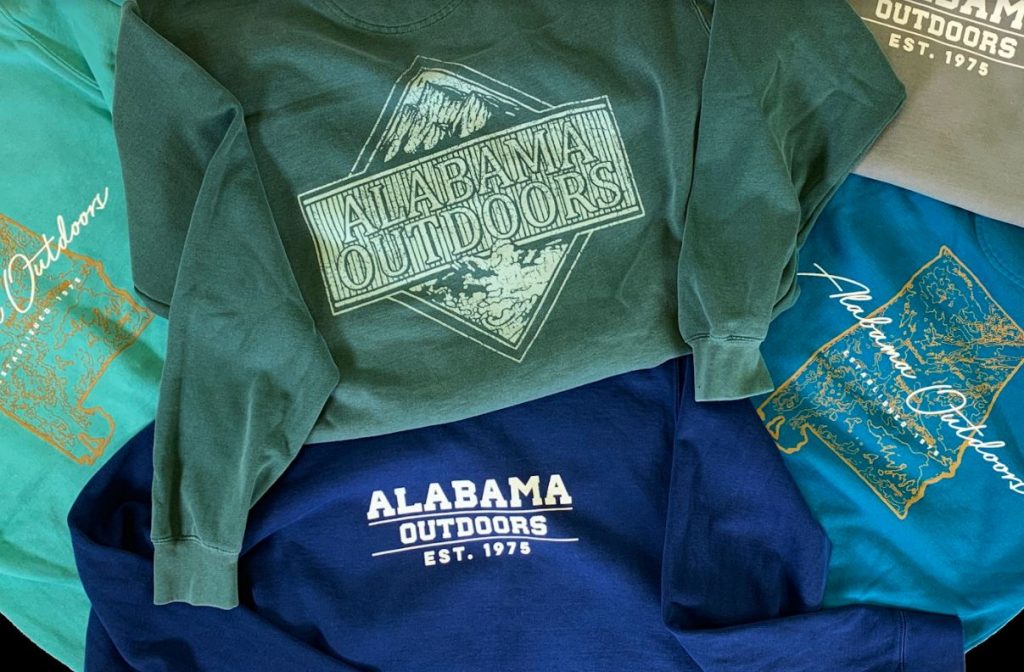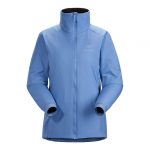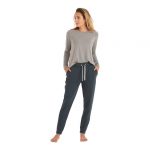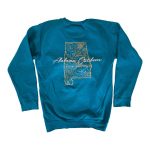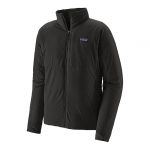A Beginner’s Guide to Camping Gear

–
Please note: due to local and state guidelines surrounding the Covid-19 pandemic, some information below may not be accurate. Before you travel and plan your next adventure, make sure to check each business/park/campsite for any closures or guidelines and for the most up to date information.
When you first start camping, it’s not easy to know what you will need. Plus, you have to decide which items you should buy, and what you can rent or borrow from your own household supplies. To help you get started, we’ve put together a list of gear that you should take on any camping trip, whether you’re car camping or backpacking.
Of course, these aren’t necessarily the only things you might want to carry, but these essentials will put you on the path toward a successful camping trip. You can rent most of the equipment here, but if you plan to start camping regularly, some things (like a good tent and water bottles) are worth the investment.

1. Tent
A good shelter is critical because it will protect you from the elements and keep you dry, warm, and comfortable.
What to look for:
- Elbow Room If bad weather hits, you might huddle inside your tent for hours, so choose a shelter that’s not cramped and has enough space for each person. Before you buy, crawl inside the tent to check the floor length and ceiling height. Can you sit up straight? Can the tallest person in your party stretch out completely?
- Three-season shelter For spring, summer, and fall camping (as well as winter in Alabama), go for a “three-season” shelter, which typically has a tent body, a rainfly, and mesh panels, which provide critical ventilation and prevent the interior from getting stuffy and damp.
- Camping with kids If you’re car camping with small kids, you can go big with a cabin-style tent that’s designed to sleep a specified number of people. Consider getting older kids their own decent-sized tent for more space and privacy.
- Weight If you are car camping, weight doesn’t really matter. For backpacking, choose a tent that’s relatively lightweight, with a “packed weight” that’s two pounds or less per person. For example, if two people will carry the tent, aim for a packed weight that’s four pounds total or less.
- Important extras A two-door tent will allow you to exit without crawling over a partner, and larger vestibules provide storage for packs and dirty boots.

2. Sleeping Bag
A good sleeping bag is just as important as a good tent—if you’re miserable and can’t sleep, you won’t enjoy your trip.
What to look for:
- Temperature rating Bags are rated to be comfortable in a certain temperature range, so look for one that handles the coolest temps you’ll face. Keep in mind the listed rating is an estimate, and you have to factor in whether you sleep hot or cold. If you tend to be cold, buy a bag that is 10 or 15 degrees warmer than the lowest temperature you’ll encounter. Or, buy a bag liner to add warmth.
- Rectangular vs. mummy For mild climates, where temperatures don’t drop below 50 degrees Fahrenheit, you can use a less expensive rectangular bag. For colder conditions, choose a mummy shaped bag, which hugs your body to eliminate pockets where cold air can accumulate. If you are backpacking, mummy bags are a better choice because they are lighter and less bulky.
- Gender-specific bags Top brands offer bags with torso and hip areas tailored to fit a man or woman. Also, avoid a bag that’s too long, because if there’s lots of empty air space in the foot area, you’ll get colder.
- Synthetic vs. down insulation If you need to save money, buy a bag with synthetic insulation, rather than down. Synthetic insulation bags are sometimes heavier and bulkier, but are still lightweight enough for backpacking, will keep you warm if they get wet from rain. While traditional down bags won’t insulate well when they’re wet, they’re lighter than synthetic models and compress more to occupy less pack space. On down bags, you’ll also see a “fill-power” number, from 600 to 900. The higher the number, the warmer, lighter (and more expensive) the bag.
3. Sleeping pad/mattress
A sleeping pad or mattress is crucial because it puts a layer of cushioning and insulating air between your body and the cold, hard ground.
What to look for:
- Comfort For car camping, go as plush as you’d like and get the thickest, most comfy air mattress or pad that you can stuff into your tent. If you have an inflatable mattress for guests in your house, you could make that work. But backpackers need a lightweight, durable pad that’s either inflatable or made of foam. Most high-quality, lightweight pads range in thickness from 0.75—3 inches. If you tend to be uncomfortable when sleeping on a floor, go for an inflatable pad that’s two inches or more in thickness.
- Insulated pads If you sleep cold, or you plan to camp frequently in really cold climates, consider getting an inflatable pad that includes insulation.
- Pad weight With inflatable pads, keep in mind that you’ll pay more for models that are super lightweight. If you don’t need a really thick pad and you’re more concerned with reducing your backpack weight, get a pad made of dense foam. It will not only weigh weigh less, but also be more durable and cost less.

4. Cooking Supplies
Obviously, a stove is crucial for preparing tasty meals, but it can also be used to purify water and make warm drinks to keep your core temperature up in cold climates. That being said, ask yourself these three questions when shopping for a stove—will you be car camping or backpacking? Will you actually cook, or just boil water for freeze-dried meals? And how many people will rely on the stove for meals?
What to look for:
- Car camping vs. backpacking For car camping, a large dual-burner propane stove will hold multiple pots and simmer well, so you can prepare more complex meals for several people at once. For backpacking, get a lightweight liquid-fuel stove, canister stove, or integrated canister system.
- Liquid-fuel stoves operate more efficiently than canister stoves in cold weather, but they’re a bit heavier, messier, and are more difficult to operate.
- Canister stoves are best for cooking in moderate conditions, because they’re lightweight, easy to use, and typically allow you to fine-tune the flame and simmer.
- Integrated canister systems are best for trips where you’ll eat only freeze-dried food. Outfitted with heat-exchange systems, they transfer heat from the burner to the cook pot efficiently and boil water in a couple of minutes, but these systems don’t usually simmer well.
- Don’t forget utensils Newcomers to camping can save money by using their own kitchen supplies, such as plastic cutlery, bowls, and cups. For backpacking, invest in lightweight pots made for the outdoors. Because kitchen items get dinged up while camping, you’ll eventually want to replace your home items with durable products that you only use outdoors.
5. Knife
Whether you need to slice potatoes, cut nylon cord or spread cream cheese on a bagel, you’re eventually going to need a knife or multi-tool for camping.
What to look for:
- Car camping You’ll mostly use a knife for food prep, just make sure that you wrap or cover the blade. Also pack a fixed blade knife, folding knife, or multi-tool (such as a Leatherman) for utility situations.
- Backpacking A lightweight folding knife or multi-tool with a blade will work for prepping meals or doing random jobs, like cutting cord to make a tent guyline. If you do get a folding knife, make sure that the main blade locks into place when you’re using it.
- Scissors If your first-aid kit doesn’t include scissors, get a knife or multi-tool with small scissors to cut moleskin for treating those blisters.

6. Headlamp/Lantern
Lights not only allow you move around and do things in the dark, but can also serve as signal devices in emergency situations.
What to look for:
- Headlamp A headlamp will allow you to keep your hands free when it’s dark, whether you’re eating, answering nature’s call, or scrambling over rocks. For general use around camp, most headlamps on the market will perform just fine, but if you spend about $30 or more, you can get a more durable headlamp with greater “lumens” (how brightly it glows) and more beam distance, which is helpful for climbing and hiking in darkness.
- Lantern Whether you’re car camping or backpacking, it’s helpful to have a battery-powered lantern for common eating areas and the interior of your tent. With the soft glow from a lantern, you can eat or read without blinding fellow campers. While most people are familiar with large battery powered lanterns, be aware that a slew of lightweight backpacking lanterns have hit the market in recent years.

7. Water Bottle
Maybe you’ve heard the phrase, “hydrate or die”? It’s essential that you have something to hold water and other drinks while camping, whether you use bottles or a hydration reservoir (or both).
What to look for:
- Bottles For decades, campers and backpackers have relied on durable plastic water bottles, which are not only handy for drinking, but also for filtering water and pouring liquids while cooking. In recent years, the bottle markets has exploded, and you’ll find hundreds of shapes and styles made of glass, steel and rugged plastic. For car camping, steel or plastic works fine, but backpackers will want plastic to reduce weight.
- Hydration reservoir When you’re walking or biking, it’s more convenient to use a hydration reservoir. It’s basically a bag of water with a tube that goes over your shoulder, so you don’t have to stop or reach to get some water. Some backpacks come with them, or you can just slide them in. For backpacking, get a reservoir that holds 2 or 3 liters, so you don’t’ have to refill it as often. Also, if you use a reservoir, consider taking a bottle as well for filtering and food prep. To save space in your pack, get a collapsible plastic bottle.

8. Camp Chair
After you sit for a few minutes on a bench or the hard ground, you’ll wish you’d brought some type of camp chair.
What to look for:
- Car camping For your first trip, use any kind of chair that you might use at the beach or tailgate parties. If you want to up your comfort level, invest in a high-quality chair that’s made of mesh or breathable material, which will prevent swamp butt and back. A built-in cup holder will keep ants out of your drink.
- Backpacking For many backpackers, a lightweight chair or chair kit makes a trip so much more comfortable that it’s worth toting the extra weight. While some companies make collapsible fabric and aluminum backpacking chairs, the lightest option is a kit, or fabric sleeve, that allows you to transform a sleeping pad into a chair. Typically, these kits weigh 7—13 ounces.
9. First Aid Supplies
Cuts, stings and other pains are common while camping, so you should always pack a first aid kit.
What to look for:
There are a couple options—you can build your own kit, or buy a pre-assembled kit. Pre-assembled kits can actually be less expensive, and some include helpful tips.
To choose the right kit, consider how long you will be out in the wilderness, how many people are going with you, and any special needs of your group (allergies, etc.). At most outdoor stores you’ll find a wide range of kits from super-lightweight pouches for solo travelers, to beefy family kits. Whether you build your own, or buy a kit, bring extra moleskin or other products to address blisters.
Get Mom something she will love to go with your fun-filled weekend or to show her you care from far away! Click here for the Top Gifts this Mother’s Day. We want everyone to enjoy the outdoors, and we work to build loyalty one connection at a time. Visit one of our stores or take advantage of our shipping or curbside pickup! #BeOutdoors
Written by Marcus Woolf for RootsRated in partnership with Blue Cross Blue Shield of AL and legally licensed through the Matcha publisher network. Please direct all licensing questions to legal@getmatcha.com.
Featured image provided by James Dziezynski
